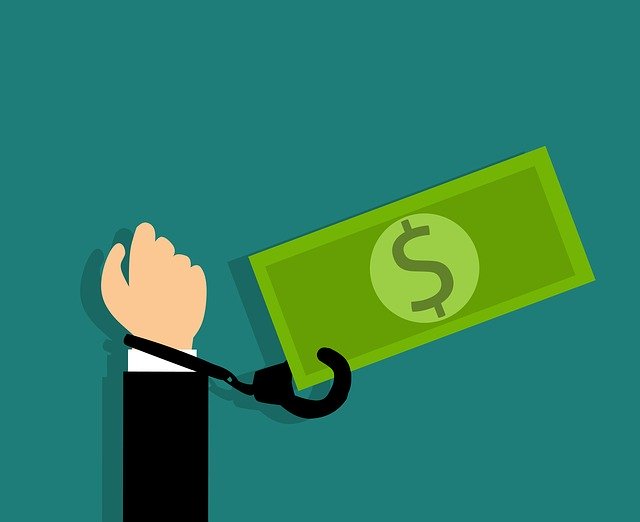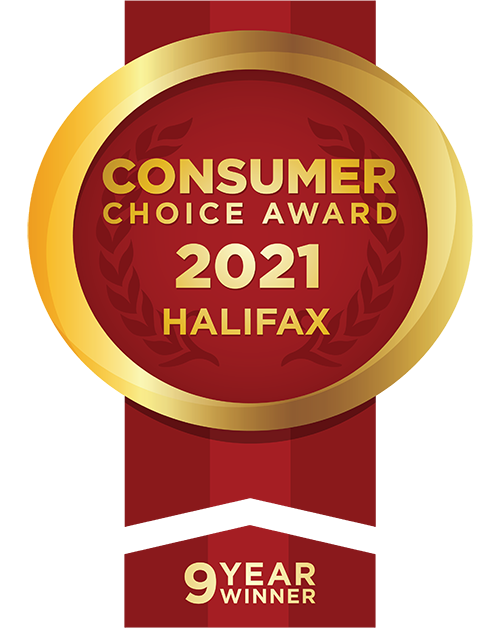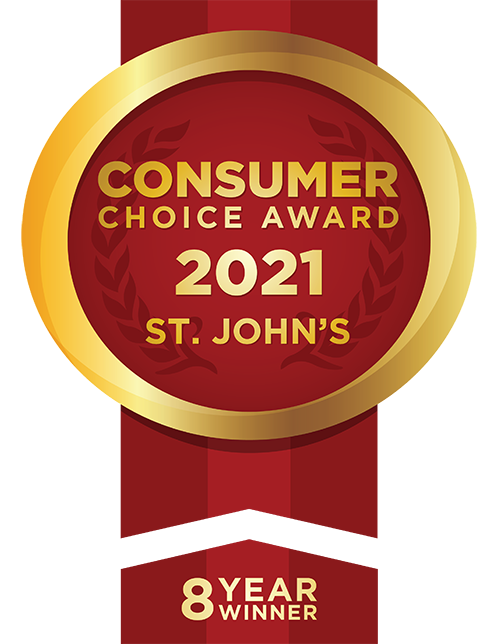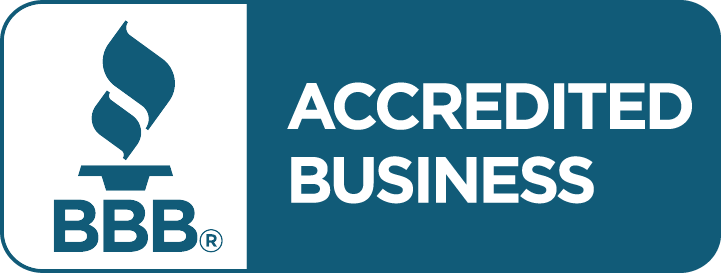With all-time high housing rates, stagnant wage increases and record-setting post-secondary costs, it’s no surprise that many Canadians have a debt problem.
But not all Canadians have the same debt problem.
You’ve heard of good debt and bad debt, but how do you know how much debt is too much? Here’s how to know if your debt is worth worrying over.
Debt: The Good, The Bad and The Ugly
When interest rates are fixed or low and the debt is expected to lead to future financial growth, the debt is viewed positively. Buying a residential property is an example of this, as your mortgage rate is likely low and the value of your home will increase over time, giving you equity.
But when loans with high-interest rates are used to purchase things that depreciate over time, the debt is considered bad. Examples of bad debt include credit cards, personal loans and auto loans lasting five or more years.
The worst type of debt are loans that carry insanely high annual percentage rates (APRs) – such as payday loans. This type of debt should be avoided at all costs.
Calculating Your Debt-to-Income Ratio
To figure out whether you have too much debt, you’ll need to calculate your debt-to-income (DTI) ratio.
To do this, divide your total monthly debt payment (excluding mortgage/rent) by your total monthly gross income (your income amount before tax deductions). Next, multiply this number by 100 to get your DTI percentage.
For example, if your car loan and credit card payments are $600 per month and you make $5,000 per month (before taxes), your DTI ratio would be 12 per cent.
If your DTI calculation is close to or over 20 per cent, then you are likely carrying too much debt. DTI higher than 40 per cent? Your debt load risk is considered high-risk and you will have a hard time securing a mortgage.
Besides calculating your DTI, other warning signs of having too much debt include regularly maxing out your credit cards, only making minimum credit card payments, and using credit cards to purchase essentials such as gas and food.
A good rule of thumb? If you can’t pay your total credit card debt off in one year, then you are carrying too much debt.
How to Deal with Too Much Debt
Reducing your debt is possible with dedication, a display of personal responsibility and a solid plan. Here are a few practical ways to reduce your debt:
Cut back your expenses and increase your income: List all of your expenses to see where cutbacks can be made. Be honest with yourself. Do you really need that daily Tim Hortons coffee and bagel? Cutting back just $3 a day could save you $1,095 a year! Only use cash to make your monthly purchases and, if able, earn extra income through a promotion, career change or side hustle.
Request a lower interest rate: Call your credit card companies and request a more affordable rate. If that doesn’t work, threaten to transfer the balance to a different card that’s less expensive. Many credit card companies offer low-percentage promotional interest rates for up to six months if you move your credit card balance to them.
Get professional help: A qualified credit counselling service can help you create a budget, lower your monthly debt payments and set you up with a debt management program. Changing your behaviour with money is vital if you not only want to get out of debt, but stay out of debt.
The Bottom Line
Carrying too much debt is a serious matter – and one that affects almost half of Canadians. It negatively affects your credit score and can lead to a variety of mental illness problems, including lack of sleep, an increased risk of depression, and anxiety disorders.
Start experiencing life with less debt by asking for help today. With several office locations throughout Atlantic Canada, our certified credit counselling staff can advise you on the best way to reduce your debt problem.











